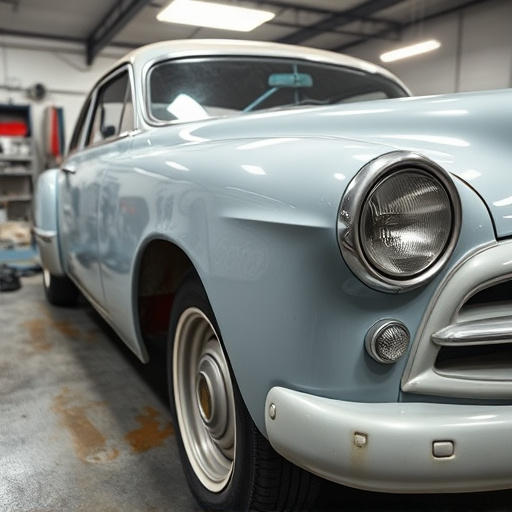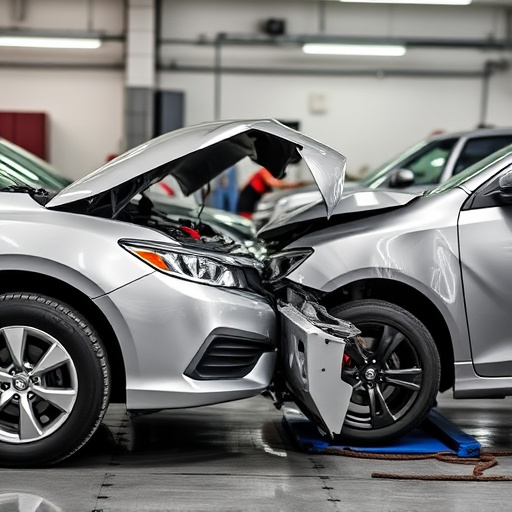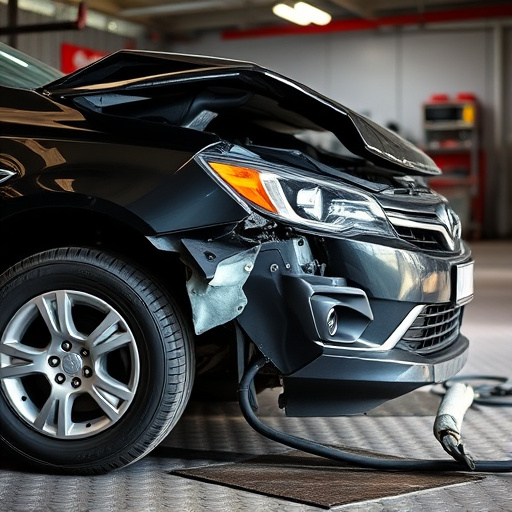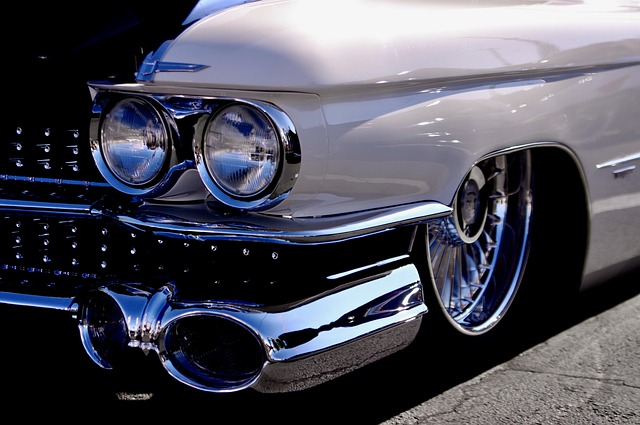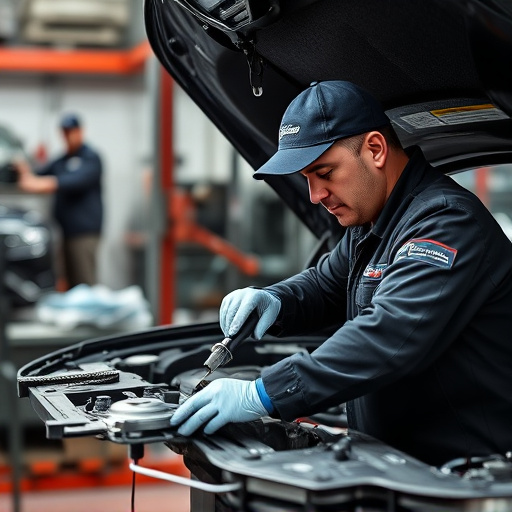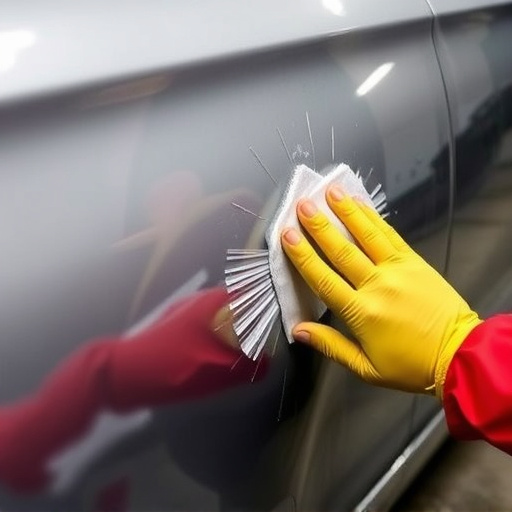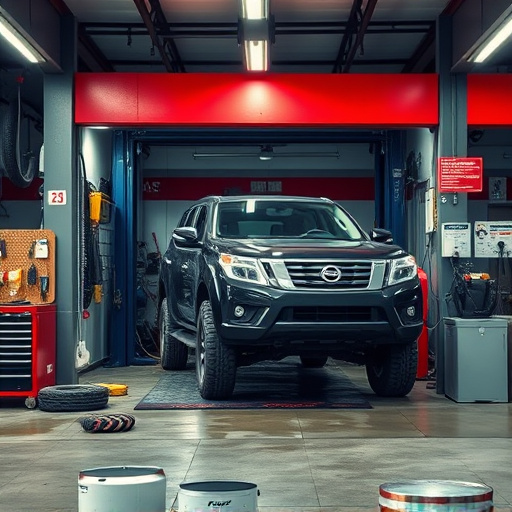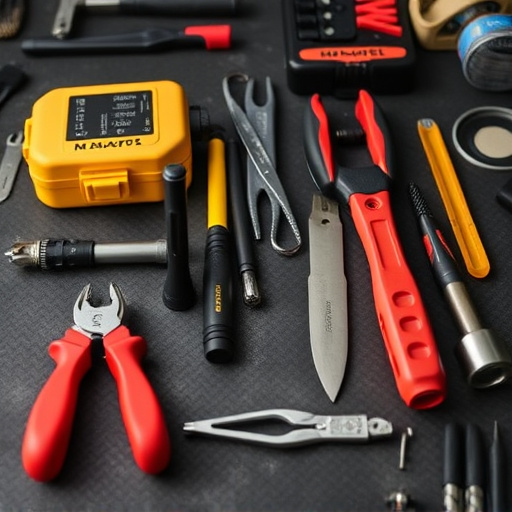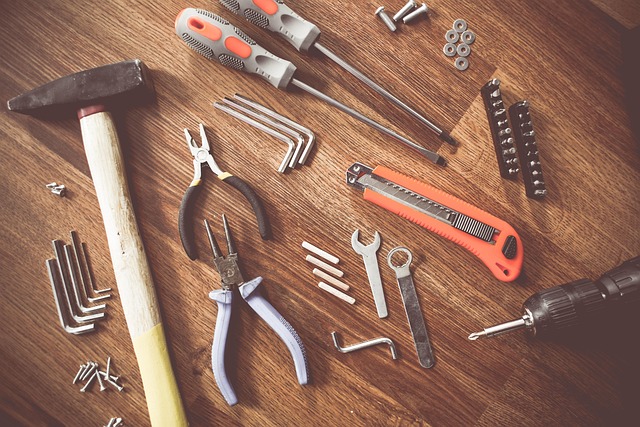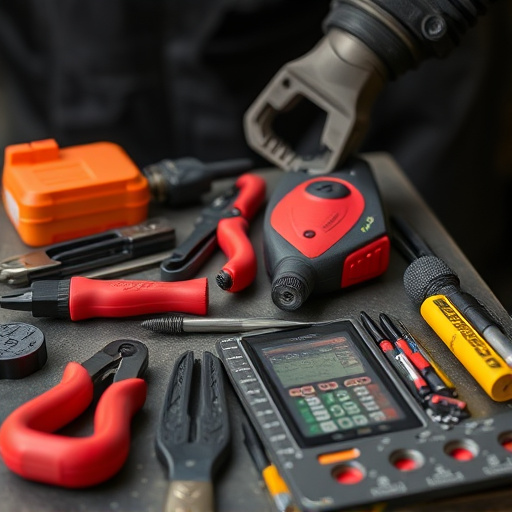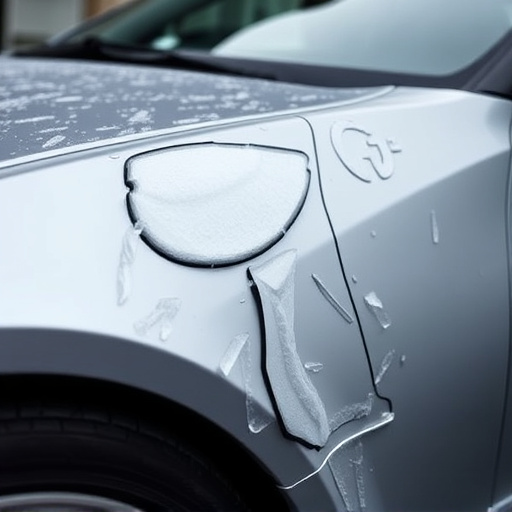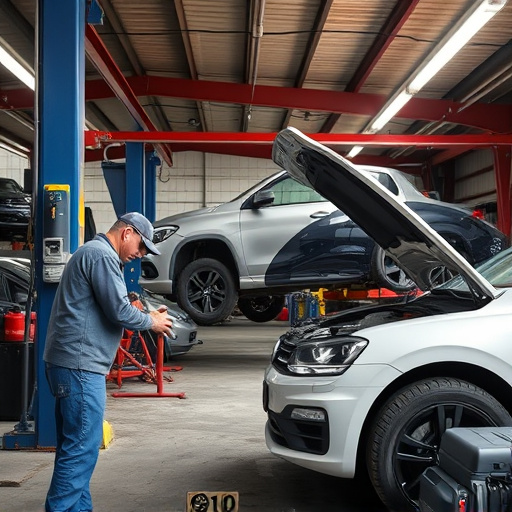Auto body restoration for vintage and antique vehicles is a meticulous art that recreates historical integrity using specialized techniques and period-correct materials. The process begins with a thorough inspection, progresses through stripping, repairing damage and structural issues, and matching original paint. Skilled craftsmen may also provide tire services to ensure road readiness while preserving the vehicle's classic charm and modern safety standards. This craft transforms antique cars back to their former glory, safeguarding cultural heritage for future generations.
Unleash the magic of auto body restoration for vintage and antique vehicles—a meticulous art that breathes new life into classic cars. This captivating process not only preserves history but also ensures these time-honored machines continue to glide gracefully.
From understanding the unique challenges of restoring old bodies to exploring the intricate steps involved, this article delves into the world of auto body restoration, highlighting its significance in preserving automotive heritage.
- Understanding Auto Body Restoration for Vintage Vehicles
- The Process of Restoring Antique Car Bodies
- Why Preserve Vintage and Antique Automobiles?
Understanding Auto Body Restoration for Vintage Vehicles
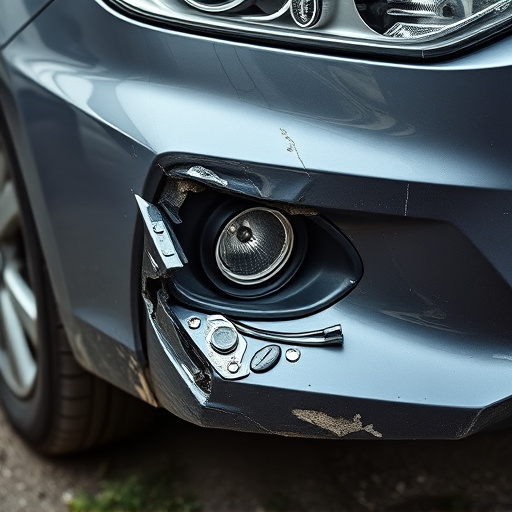
Auto body restoration for vintage and antique vehicles is an art that requires meticulous attention to detail. It’s a process that goes beyond mere car paint repair; it involves reconstructing the vehicle’s original aesthetic while preserving its historical integrity. Every curve, contour, and panel must be carefully assessed and repaired, sometimes using specialized techniques and materials from the era of the car’s manufacture. This is where professionals step in, offering their expertise to bring these classics back to life.
The process begins with a thorough inspection, identifying damages, corrosion, or missing parts. From there, it involves stripping away old paint, fixing structural issues, and meticulously applying new paint that matches the original shade precisely. It’s not just about restoring the exterior; tire services and other vehicle repair services may also be required to ensure the car is road-ready again, maintaining its classic charm while meeting modern safety standards.
The Process of Restoring Antique Car Bodies

The process of restoring antique car bodies is a meticulous art that requires patience and a deep understanding of the vehicle’s history. It begins with an extensive inspection to assess the current state of the bodywork, identifying any damage, corrosion, or missing panels. Once the scope of work is determined, the restoration team carefully disassembles the affected areas, allowing for thorough cleaning and preparation. This involves using specialized tools to remove rust and old paint, ensuring that only genuine antique parts are retained.
The next step entails precise reproduction or replacement of damaged components. Skilled craftsmen create custom panels and parts to match the original specifications, often hand-crafting each piece to ensure authenticity. After fitting these new elements, the car body undergoes a meticulous painting process, replicating the period-correct colors and finishes. This involves multiple coats, each requiring careful application and drying time, to achieve a seamless and durable finish. Once complete, the restored vehicle showcases its former glory, becoming a testament to the expertise involved in auto body restoration.
Why Preserve Vintage and Antique Automobiles?

Vintage and antique vehicles hold a unique place in automotive history, representing a time when craftsmanship and design were unparalleled. Preserving these classics is not merely about nostalgia; it’s an effort to safeguard a cultural heritage. Many of these automobiles are now considered valuable collectibles, and their restoration involves meticulous attention to detail, utilizing specialized auto body restoration techniques.
By choosing to restore vintage or antique cars, enthusiasts and owners ensure that these vehicles continue to grace roads and collections for generations to come. This process not only preserves the past but also educates future mechanics and car lovers about the intricate craftsmanship of earlier eras. Thus, it becomes a vital task for collision repair shops and automotive body shops specializing in vehicle repair services to master these restoration techniques, ensuring these timeless treasures remain on display for all to appreciate.
Auto body restoration is not just a craft; it’s a journey into the past, meticulously preserving vintage and antique vehicles for future generations. By understanding the unique processes involved, from assessing damage to meticulous repainting, we can appreciate the artistry behind restoring these classic cars. The reasons are clear: these vehicles hold historical value, tell tales of bygone eras, and their preservation ensures that pieces of automotive history continue to glide on our modern roads.
